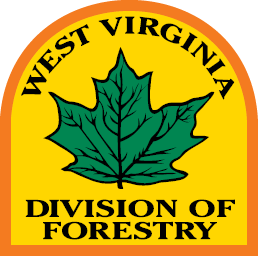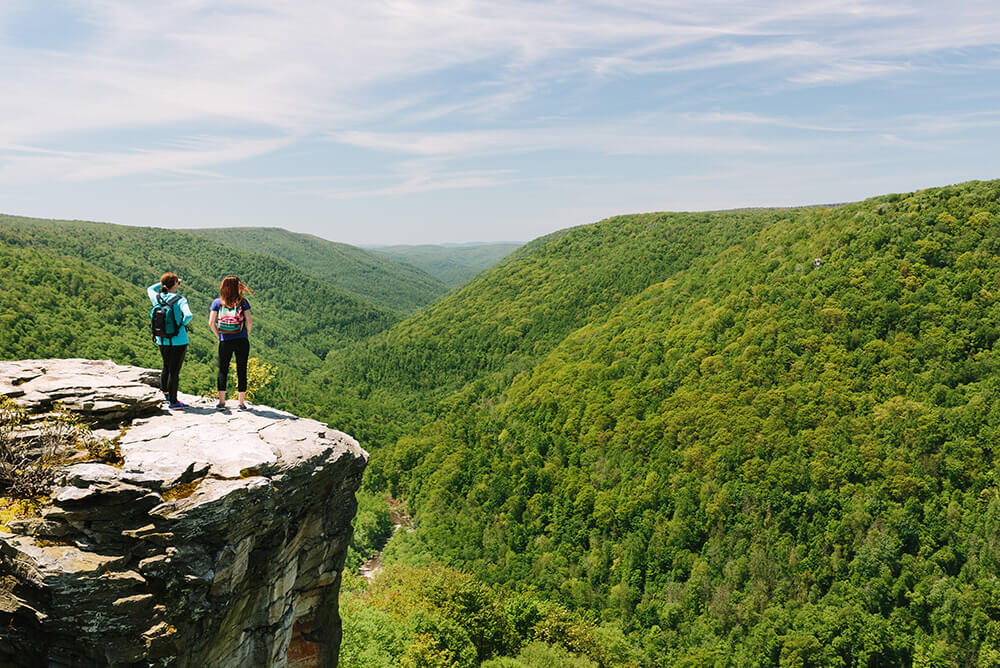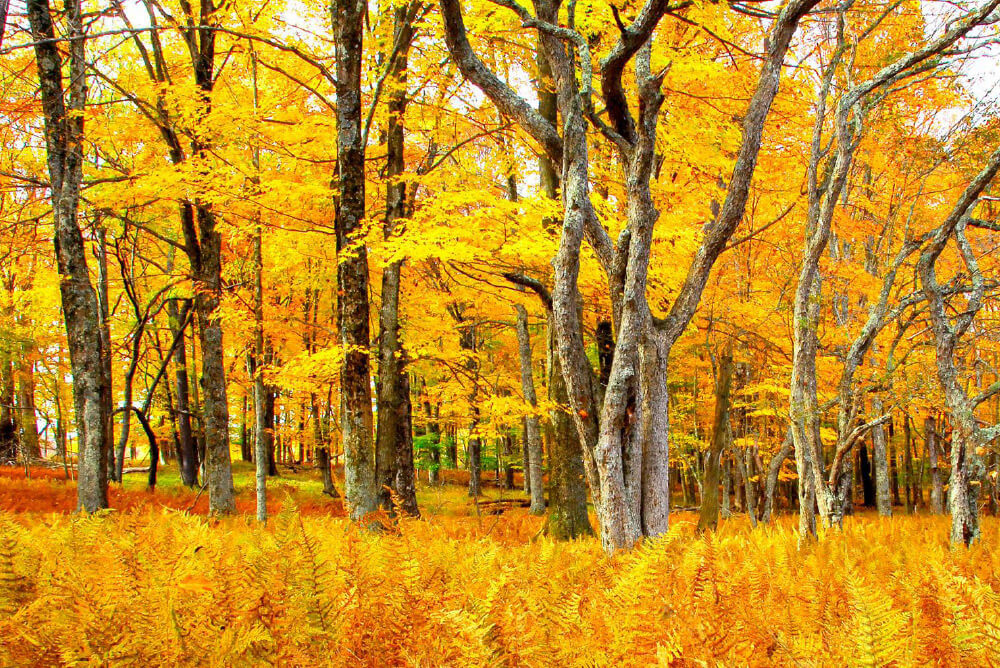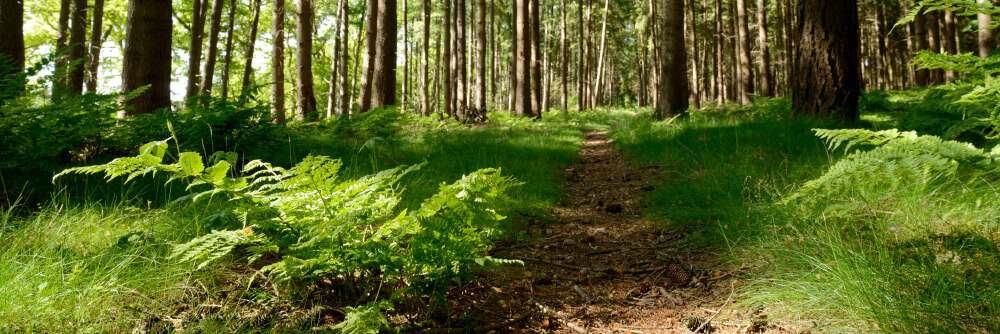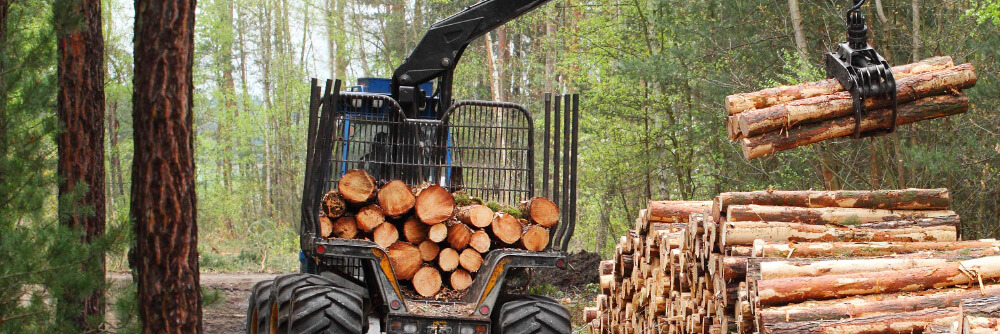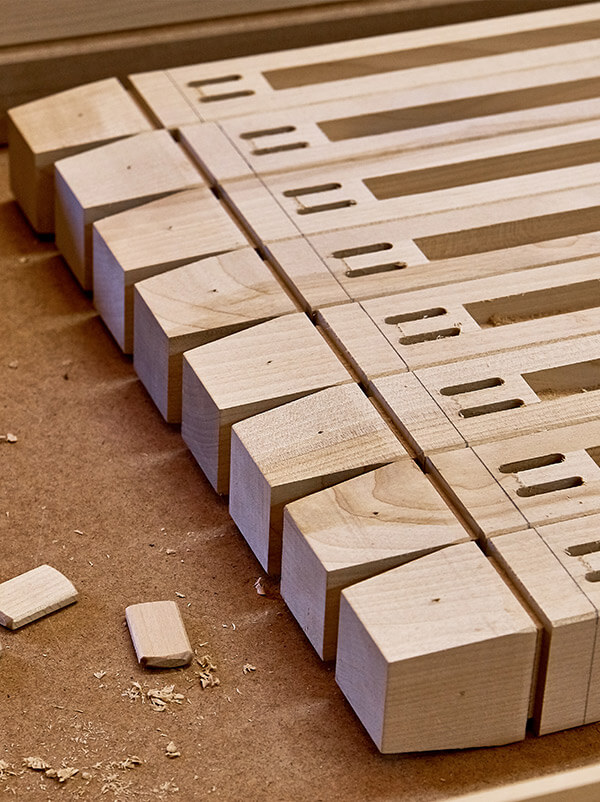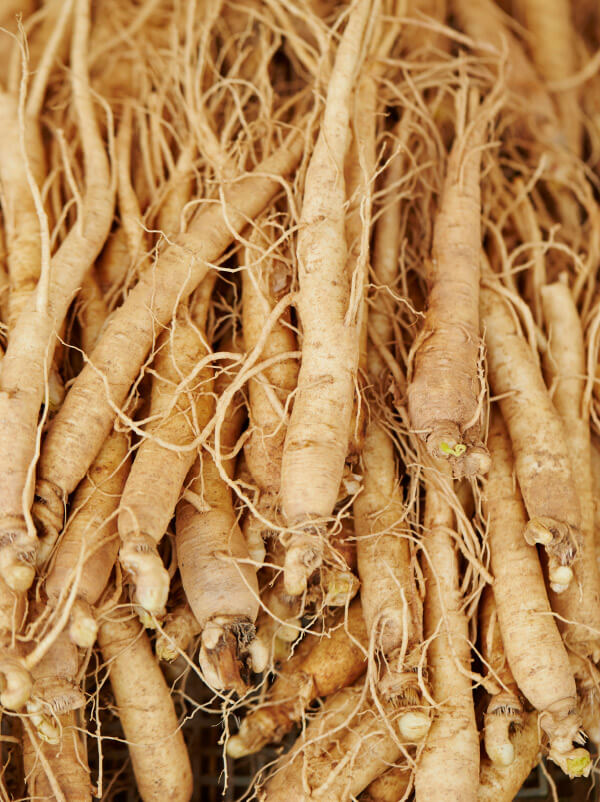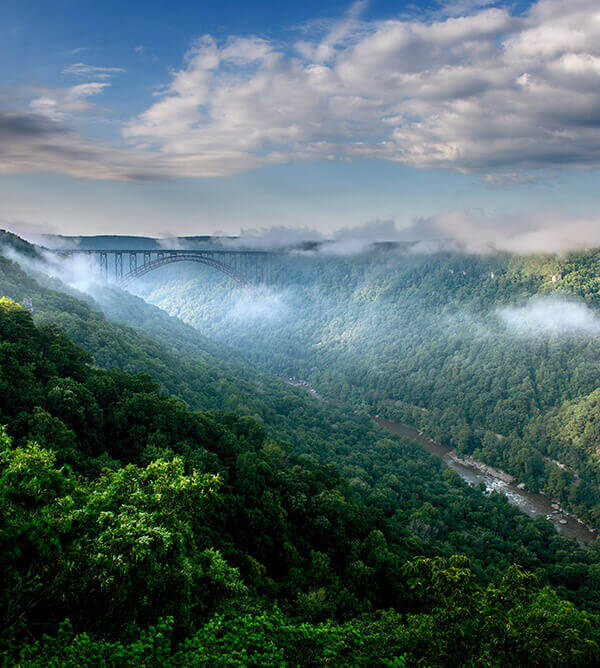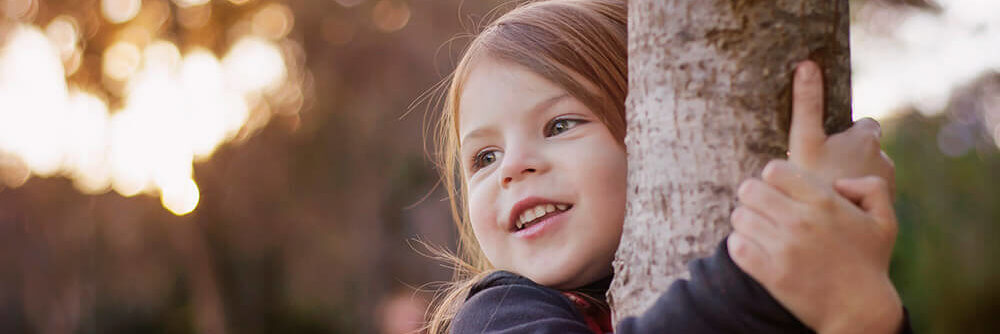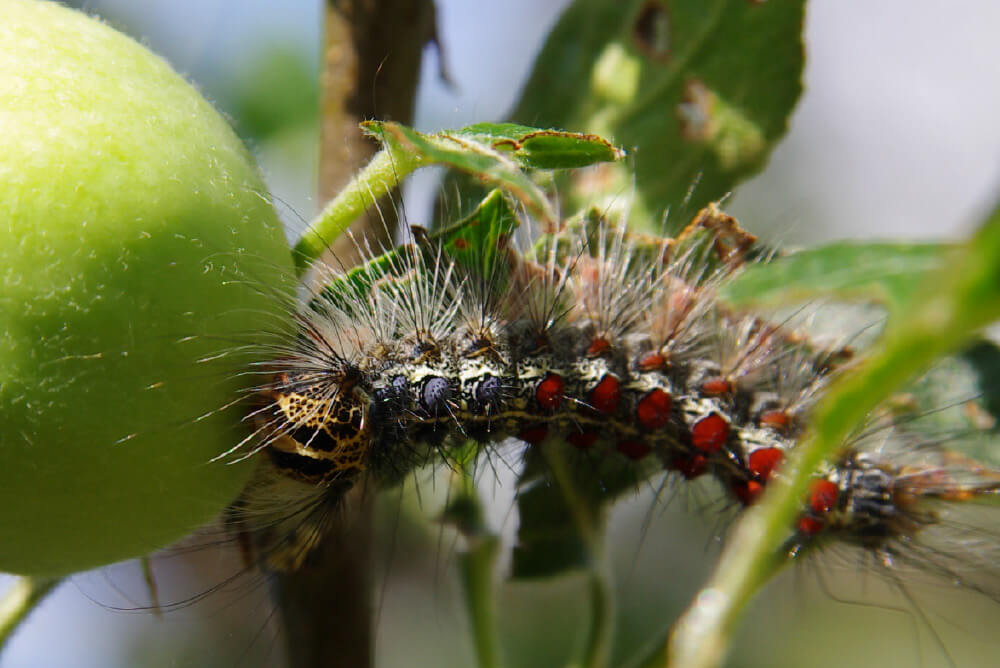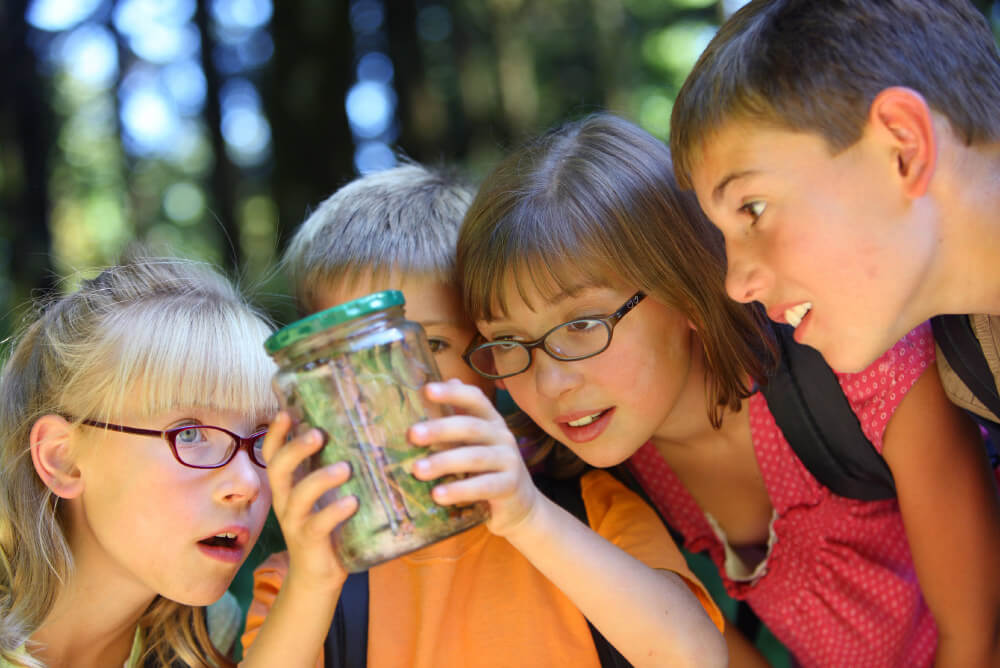The area now known as Kumbrabow State Forest had a history rich in timber harvest and utilization prior to its acquisition by the State from the Midland Corporation, Dec. 29, 1934. No less than four major sawmill companies cut timber from the area. Spur railroad lines were constructed up each main tributary to remove timber. The Alexander Boom and Lumber Company started operation in 1880, at Alexander. The J. Natwick Company completed the last operation in 1920, and the railroads that serviced the area were destroyed by Floods.
Prior to the logging boom, Kumbrabow was covered primarily by red spruce. After the era of logging, fires devastated the remaining forest areas on several occasions. This, accompanied by uncontrolled grazing that didn’t end until the 1950s, resulted in some of the most spectacular black cherry stands in the eastern United States. Other parts of the Forest have equally well developed oak-hickory stands.Red spruce is still present and re-establishing itself on much of its former range. The sites available on Kumbrabow are as good as any in the State for growing trees.
The forest derives its unusual name from three prominent families instrumental in the land purchase, KUMp-BRAdy-BOWers. Kumbrabow’s hiking trails, fishing streams and natural beauty make this forest an amazing mountain getaway.
Two Civilian Conservation Corps (CCC) camps were established on or near the Forest to develop the area. They were Camp Randolph, at Elkwater near the Forest, and the head of Mill Creek (Camp Bowers) on the Forest. The CCC enrollees were responsible for building nine miles of access roads through the Forest and seven miles of horse trails. They also built five rustic log cabins, eight table and bench combinations, three stone fireplaces, and picnic shelters. Most of these remain as monuments to the “Three C’s”. These young men also carried out early timber stand improvement work and developed a game refuge.
During the late 1950s and the early 1960s, some timber was harvested from the Forest under a vague and open ended contract with Benson Lumber Company at Adolph. Due to some criticism from competing firms and dissatisfaction with the contract by the parties involved, the contract was canceled. The areas actually logged were in the Phillips Camp and Beech Run drainages. This early logging was done very well and most areas have since been cut again.
From the end of the first logging activity until the mid 1970s, growth was spectacular. In 1975, it was decided that some new silvicultural prescriptions were needed. In 1977, the first of many timber harvests was completed. The first harvest area, known as the Trout Run Harvest, was a pioneer effort in the management of State Forest timber. As a result of the success of this project, a comprehensive program of silvicultural work was initiated as an integral part of the management of all State Forests in West Virginia with the exception of Kanawha State Forest.
A large area of the forest is covered with timber types which have black cherry as a major component. Many of the management practices used on Kumbrabow State Forest are designed to retain, enhance, or encourage the development of this and other shade intolerant species. Species which are intolerant of shade in their early stages of development tend to be the more valuable species for forest products, wildlife food, forage, and shelter. Enhancing conditions for growing red spruce, and the species associated with it, is also being planned for this Forest.
